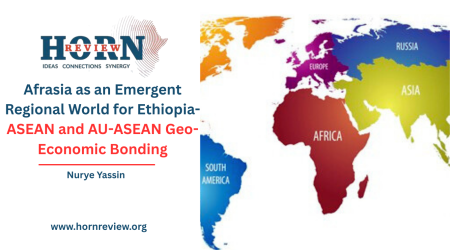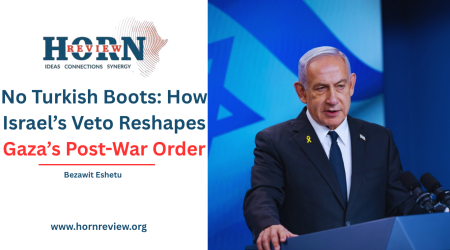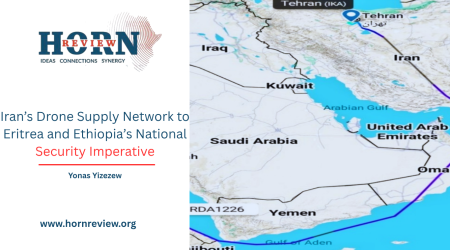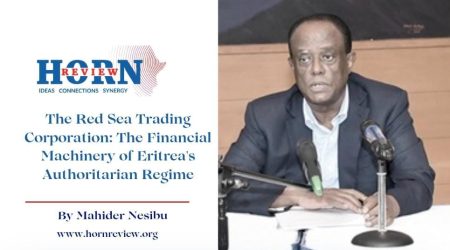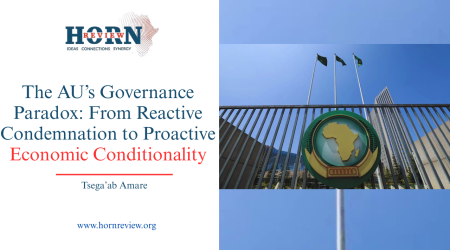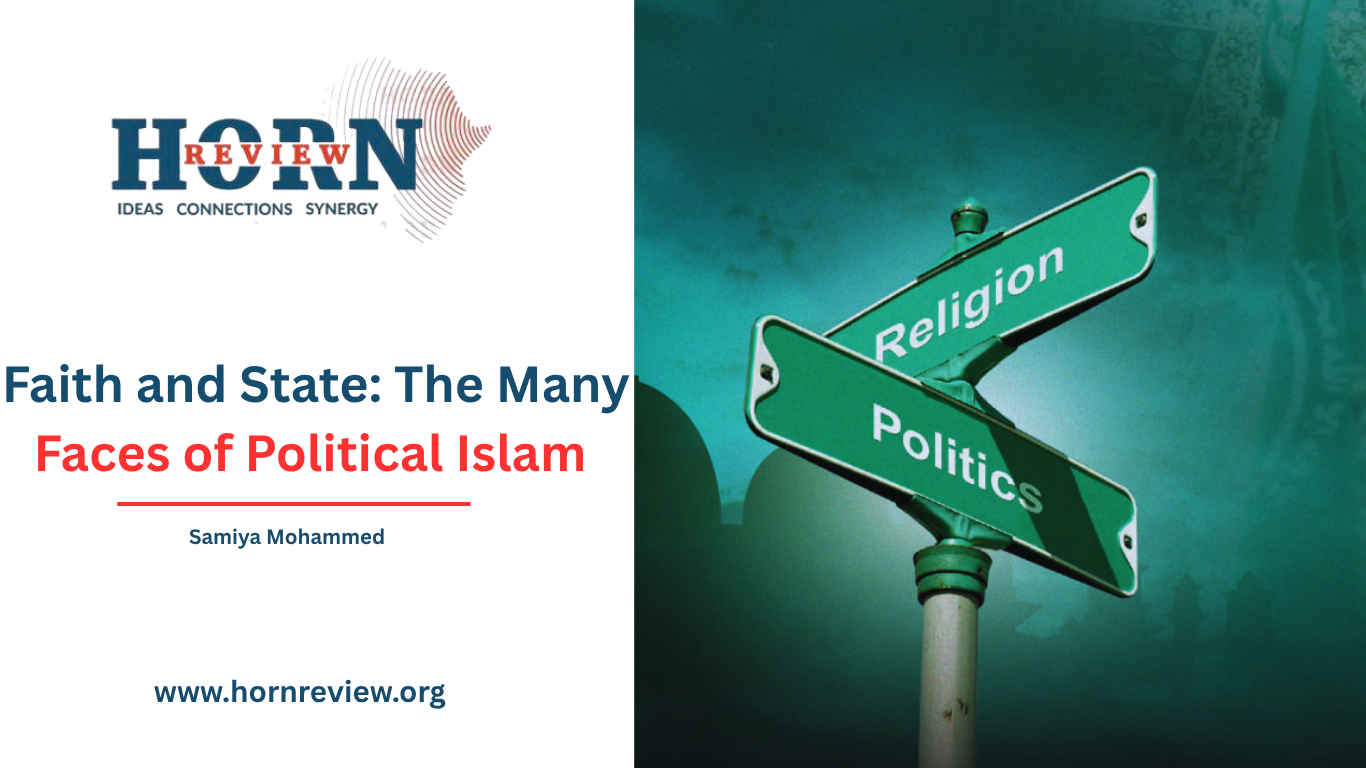
20
Nov
Faith and State: The Many Faces of Political Islam in the horn of Africa
The convoluted mosaic of Political Islam with its keen ideological tensions and adaptability constitute one of the most significant socio political narratives of our time. Nowhere is this high powered more vividly illustrated than between the Middle East and the Horn of Africa where historical connections have created fertile ground for the contemporary intertwining of political destinies. This relationship suffused by mutual penetration of cultural, economic, and political influences across the Red Sea has evolved into a competition for strategic depth, influence, and ideological supremacy that reshapes local conflicts and political orientation.
The historical connections between the Arabian Peninsula and the Horn of Africa are ancient with the Red Sea and Indian Ocean serving as furrow for cultural and commercial exchange rather than barriers. This shared history confines millennial relations pervade by trade, voluntary and forced migration, and the spread of cultural influences that have resulted in a hybrid character where a mix of local African and imported Middle Eastern cultural traditions that gradually became local. The first Muslims from Mecca fearing persecution sought and was granted refuge in the Empire of Axum around present day Ethiopia, which at one time controlled the Red Sea trade as well as the southern Arabian Peninsula, establishing patterns of interaction that would go through centuries. Since then, cultural influences, particularly Islam, but also Arabic language and customs from the Arabian Peninsula took root in Northern and Eastern Africa and have greatly influenced their cultures, creating affinities that would later be activated for political purposes.
The circulation of ideologies and strategies across these waterways has never been monolithic but rather represents a composite transmission of competing doctrines where state and non state actors play distinct roles. As far back as the early 1960s, Eastern African students studied Salafi views from the Muslim Brotherhood in Egypt and Wahhabi teachings in Saudi Arabia, establishing intellectual channels that would later prove significant.
These influences have been propagated through extensive networks of educational and religious institutions, with Turkey exporting its model of Imam-Hatip schools to countries like Somalia, while Iran has supported Shi’a missionary efforts through NGOs, though its success in spreading Shi’ism in a predominantly Sunni region remains limited.
Historically, the Arabian Peninsula, particularly Saudi Arabia and the UAE has played a deeply ambivalent role in the Horn fostering Islamist movements as a protector against leftist and pan Arab ideologies in the mid-20th century even welcoming Muslim Brothers fleeing persecution. However, perceiving a threat from the Islamist ideology promoted by Iran and the Muslim Brotherhood, these states have increasingly framed their engagement in sectarian terms and moved to aggressively counter these forces, including designating the Muslim Brotherhood as a terrorist organization and supporting the 2013 military coup in Egypt that deposed President Mohamed Morsi.
The Horn of Africa with Sudan and Somalia at its core where local conflicts convene, transnational ideologies, and international geopolitics violently converge, demonstrating the persistent adaptability of Political Islam as a force. In Somalia, the government’s struggle against Al-Shabaab has faced significant set backs, with a major militant offensive beginning in early 2025 successfully reclaiming nearly all territory lost during a government push in 2022-23. The situation is described as a strategic stalemate ,where Al-Shabaab controls many rural areas and smaller towns without immediately threatening the capital. Beyond the primary conflict with Al-Shabaab, Somalia also contends with the growing influence of the Islamic State, whose affiliate in Somalia has doubled in size over the past year and serves as a key logistics and finance for the terrorist network’s global operations.
What makes the Horn of Africa particularly permeable to these external influences includes the endemic fragility typified by the high number of conflicts both interstate and intrastate and the presence of some weak and failed states, the considerable disparity in wealth compared to Middle Eastern countries, and the increasing centrality of the Red Sea in global geopolitics. The Horn’s strategic location along the southern boundary of the Red Sea extending hundreds of kilo meters into the Gulf of Aden, Guardafui Channel, and Indian Ocean, with a maritime border with the Arabian Peninsula, has made it a region of geopolitical and strategic importance for centuries.
The dawn of the 21st century and the upheavals of the Arab Spring in 2011 brought a juncture for Political Islam globally creating openings for Islamist parties to engage in electoral politics, with movements like Ennahda in Tunisia and the Muslim Brotherhood in Egypt briefly ascending to power through the ballot box. However, this experiment was short-lived meeting a forceful backlash from state institutions and public discontent over governance, culminating in a military coup in Egypt in 2013 that deposed President Mohamed Morsi. This reversal catalyzed a strategic reassessment within many Islamist circles fostering a trend toward post-Islamism where an acceptance of political pluralism and national identity began to coexist with conservative social agendas, representing a significant evolution in the relationship between Islamic thought and political practice.
Although the electoral rise and fall of mainstream movements, a more radical and transnational ideology continued to gestate, with the emergence and dramatic expansion of the Islamic State representing the apotheosis of jihadist-salafism, culminating in its declaration of a caliphate in 2014. While its territorial control has since been largely dismantled, the group has adapted into a persistent, decentralized global threat that operates through a hybrid model balancing regional autonomy for its affiliates with centralized ideological guidance, ensuring its continued resilience and capacity to inspire violence worldwide.
As the initiative shifts from non-state actors to nation-states that strategically leverage Islamist movements as instruments of foreign policy, countries like Qatar exemplify this approach, having long cultivated ties with a diverse array of groups to amplify regional influence and position themselves as indispensable mediators. Simultaneously, a notable counter-trend is the assertive suppression of Islamist movements by other states, with a growing international consensus reflected in designations like Kenya’s 2025 classification of the Muslim Brotherhood as a terrorist entity, seeking to criminalize and dismantle these networks, aligning with the policies of powerful regional actors such as Egypt and the UAE, which view Political Islam as an existential threat to state sovereignty and stability.
The continued evolution of Political Islam will be shaped by the relentless interchange between ideological purity and survival in a global order, its manifestations increasingly diverse, ranging from politically integrated parties and state-sponsored instrumentalism to decentralized terrorist networks and quietist social movements, all against the backdrop of the ancient and enduring connections.
By Samiya Mohammed, Researcher, Horn Review

